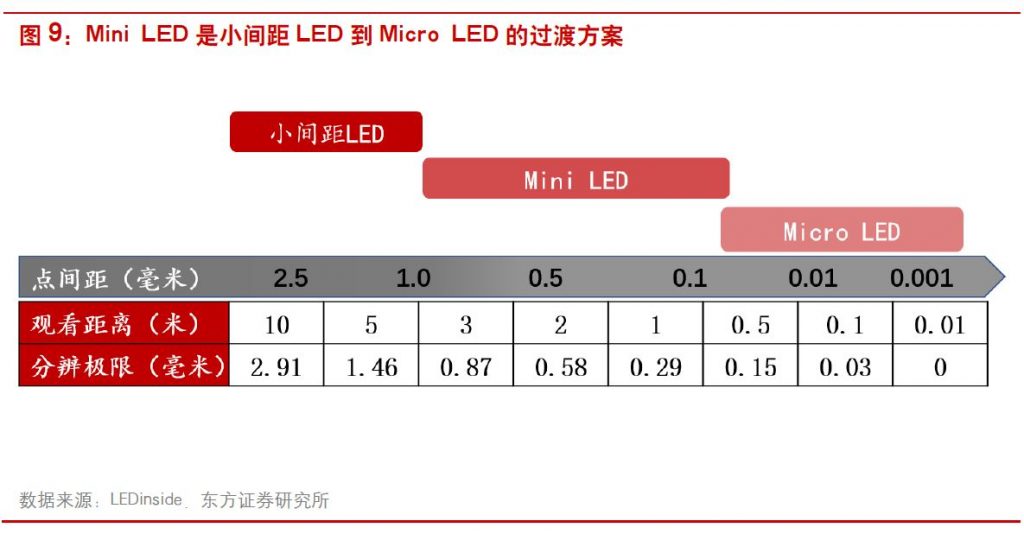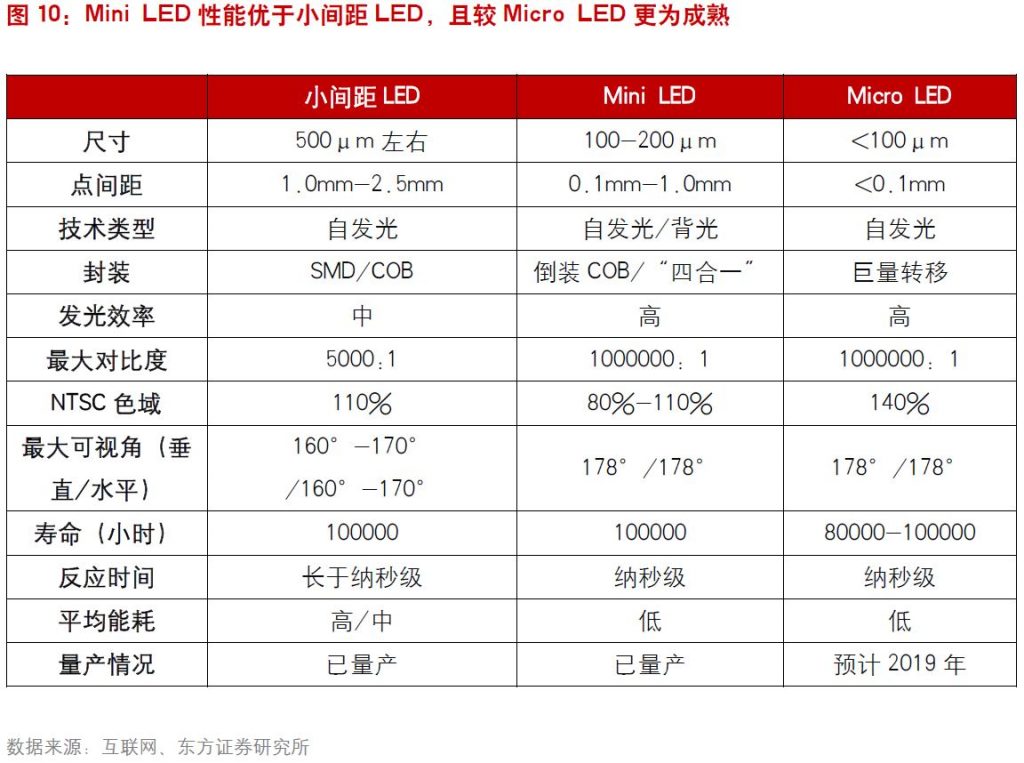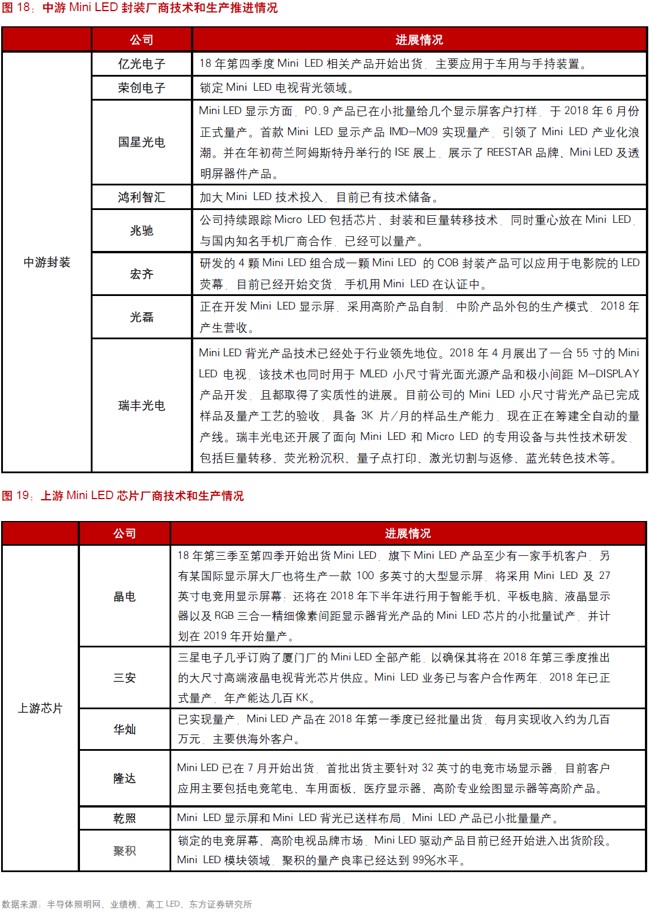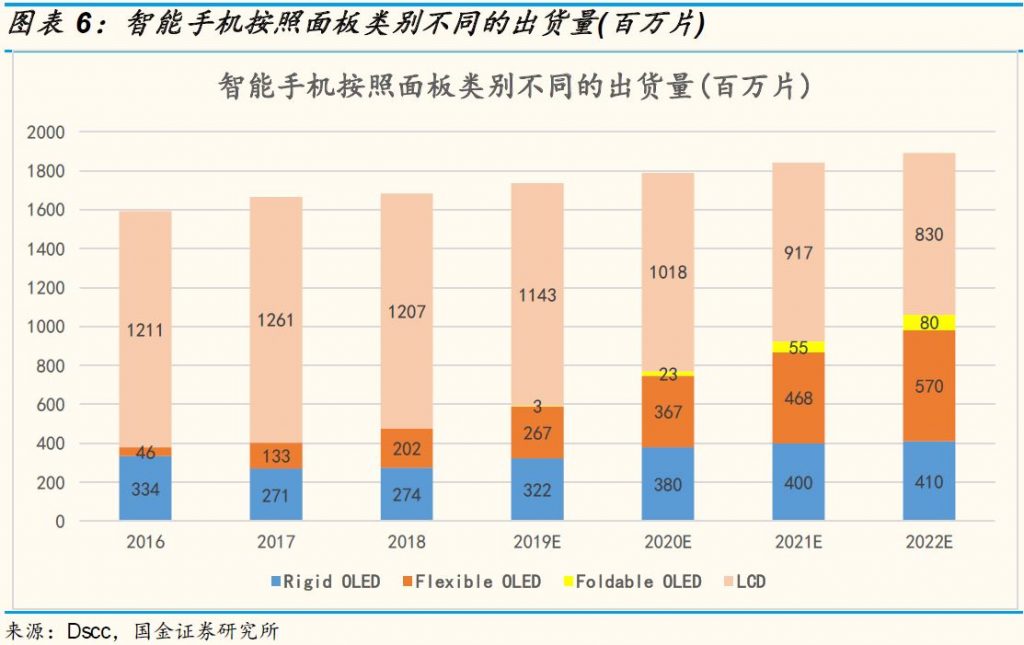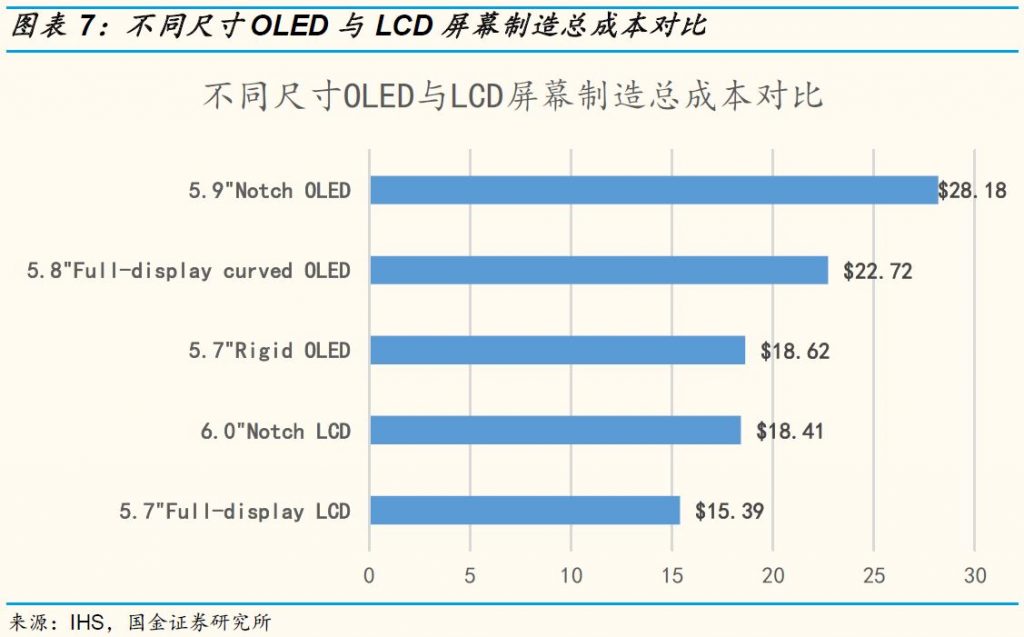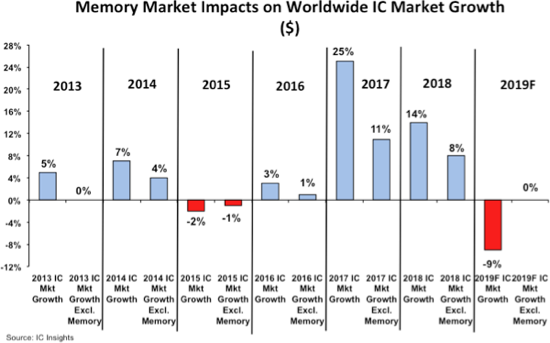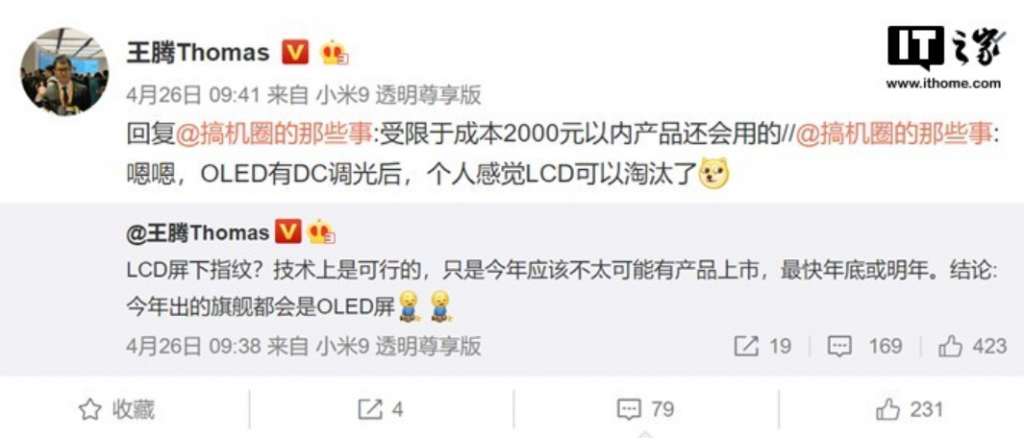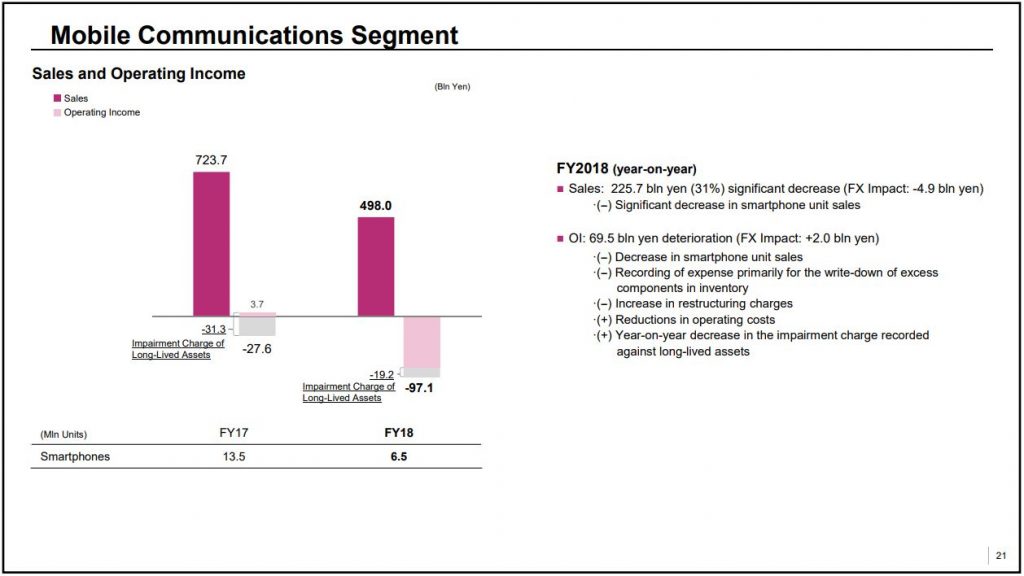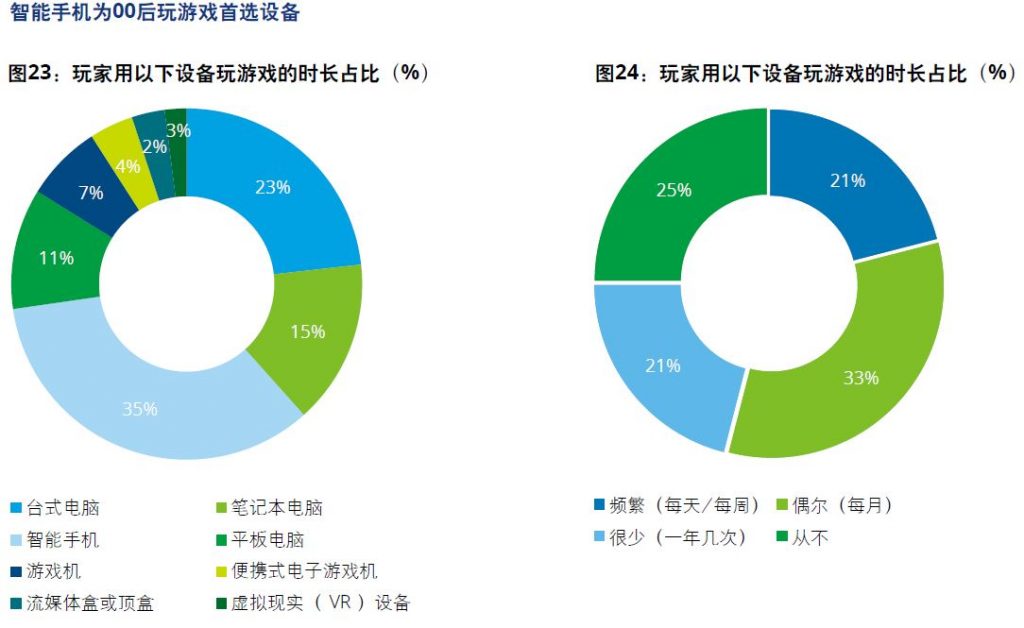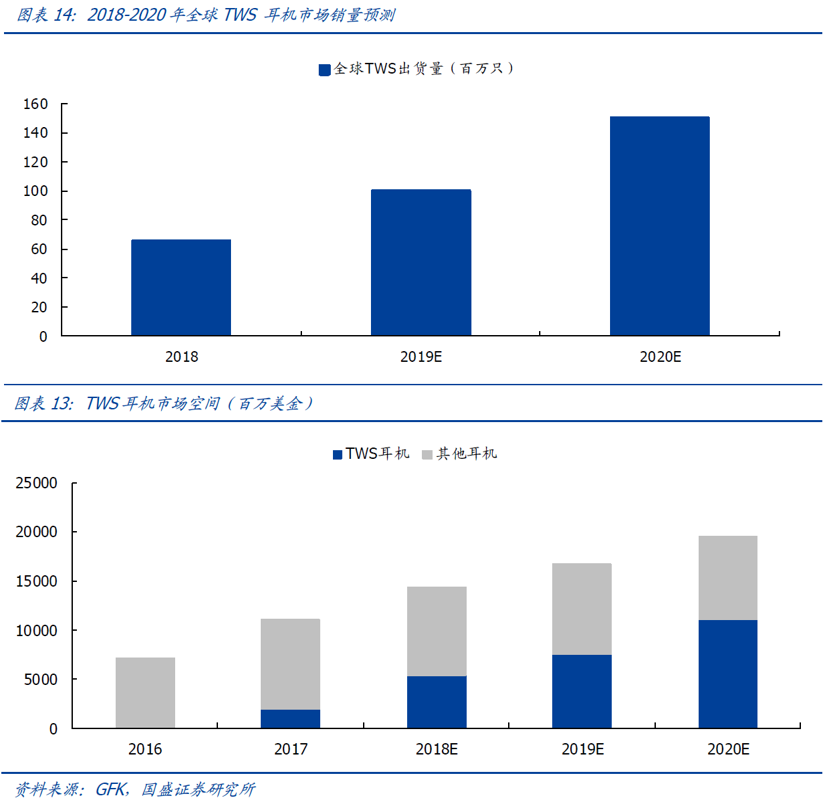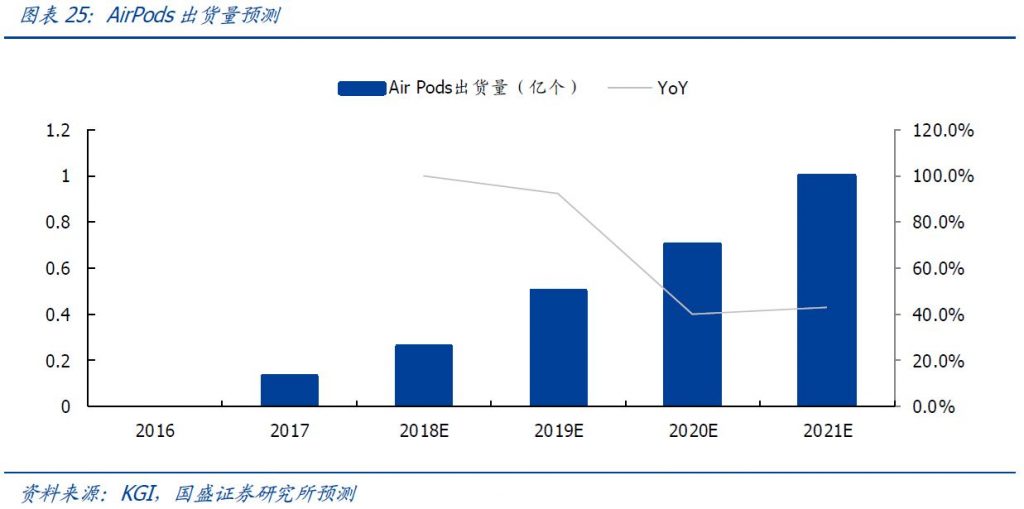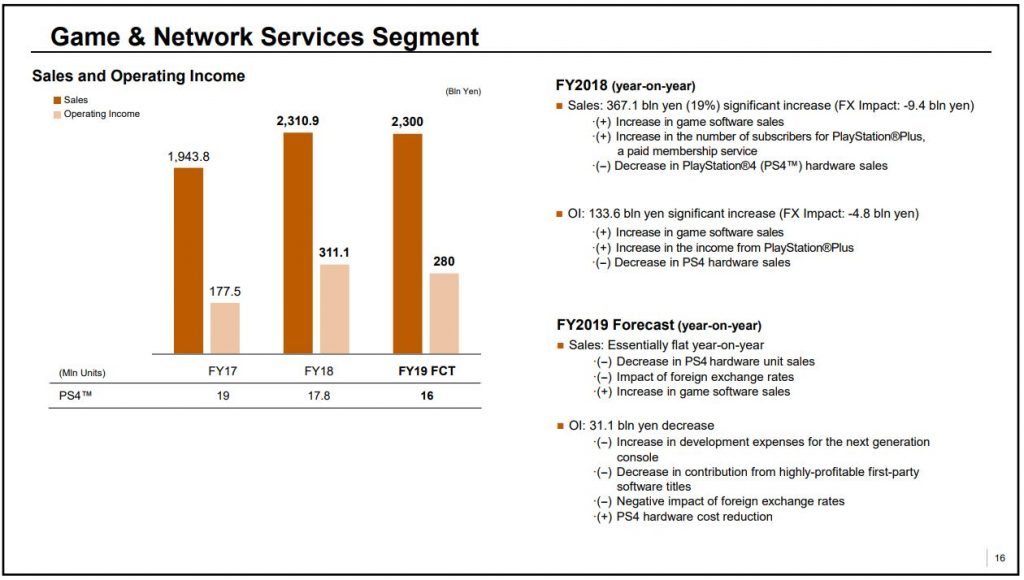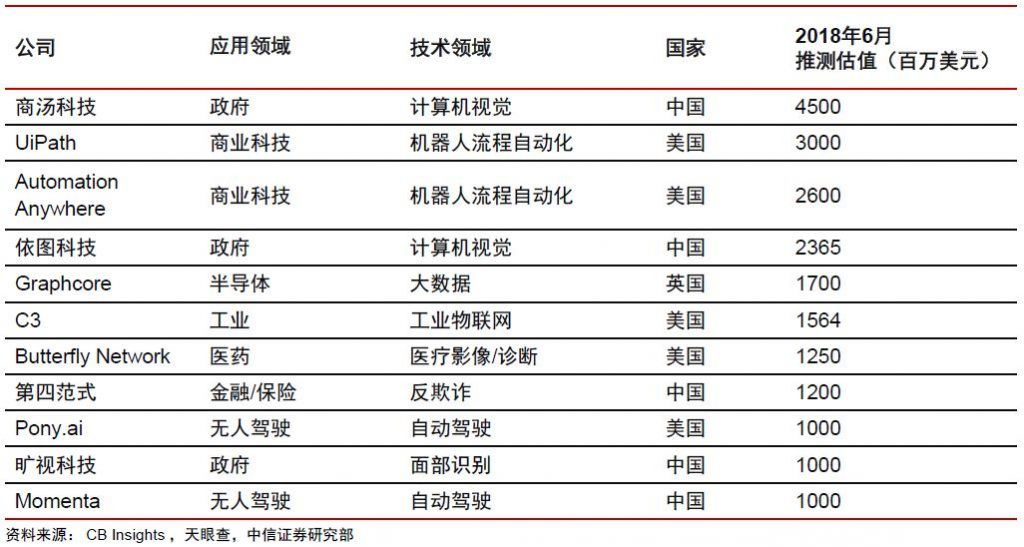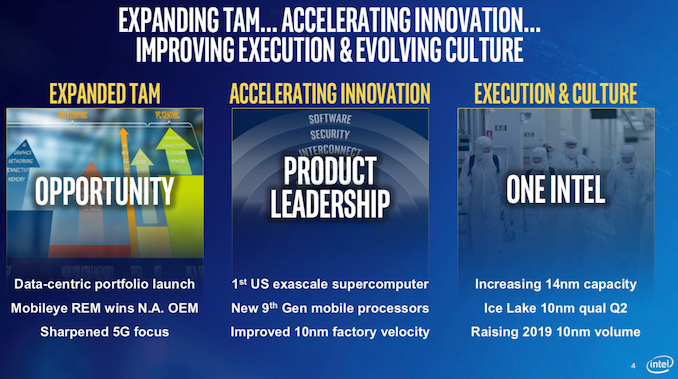
04-28: Intel hopes to begin the move from 14nm chips to 10nm chips later in 2019; Intel is reportedly looking to sell its smartphone-modem business; etc.
Chipsets
Intel hopes to begin the move from 14nm chips to 10nm chips later in 2019. Intel expects its “Ice Lake” chips with 10nm will be launched for 2019 holiday season. The first Ice Lake chips will likely be 15W, quad-core U-series processors aimed at laptops and mini PCs like the Intel NUC lineup. (Liliputing, Intel, AnandTech, Digital Trends, CN Beta)
Intel is reportedly looking to sell its smartphone-modem business, now that it is officially out of the race for 5G chipsets. Apple considered acquiring part of Intel’s modem ventures in talks that began summer in 2018, but that deal stopped short just as Apple and Qualcomm reached a settlement in a patent-royalty legal dispute. (GizChina, Engadget, WSJ, Sina, Leiphone, CN Beta)
Touch Display
Mini LED is based on tiny LED crystal particles as a pixel-emitting point display technology. At present, small-pitch LEDs use sub-millimeter LED crystals for displays with a dot pitch of less than 2.5mm (P2.5); Mini LEDs use tens of micron LED crystals for displays below P1.0; Micro LEDs use 1 -10 micron LED crystal for P0.1 and smaller display. (Orient Securities report)
From the manufacture process point of view, Mini LED has higher yield and special-shaped cutting characteristics. It can also achieve high-surface backlight with soft substrate. It has local dimming design and better color rendering, which can bring LCD panel finer HDR partitioning. From the point of view of mass production, Mini LED technology is less difficult, compatible with most existing production equipment, easier for mass production, and can develop a large number of LCD backlight market, and the product economy is better. (Orient Securities report)
With the continuous advancement of downstream applications, midstream packaging manufacturers have accelerated their technology and production layout in 2019. 2018 is the first year of Mini LED’s contribution revenue, Everlight, Nation Star, Harvatek and Refond have started shipping their products. The upstream mass production is slightly ahead of the midstream. Sanan and HC Semitek have entered mass production in 1Q18, mainly for overseas customers. (Orient Securities report)
Since 2017, shipments of flexible OLED display screens have increased significantly, from 46M in 2016 to 133M. In 2018, smartphone flexible OLED panels are expected to ship 202M units, and are expected to grow to 570M in 2022. With the growth of OLED shipments, the proportion of LCD panels has been compressed, and the price of OLED screens has also dropped significantly. The current price of 5.7” rigid OLED panels has been close to the cost of 6” LCD panels, both of which are around USD18. (Sinolink Securities report)
Memory
The total memory market heavily influenced total IC market growth for the positive during the past 2 years but will likely have a very negative impact on total IC market growth in 2019, according to IC Insights. At USD99.4B, the DRAM market was by far the largest single product category in the semiconductor industry in 2018, exceeding NAND flash (USD59.4B), the second-largest market by USD40B, IC Insights said. Since 2013, the memory market has been a tailwind on total annual worldwide IC market growth and only once a headwind. (IC Insights, press, Digitimes)
Guosheng Securities believes that the mass popularity of TWS headsets would help driving the demand of NOR Flash. Every piece of earbuds require one 128MB NOR Flash for firmware storage; and every piece of display requires 8MB-16MB NOR for demura. Guosheng Securities estimates Apple AirPods would drive the NOR Flash demand amounts to USD45.5~58.5M (CNY350M production value). (Guosheng Securities report)
Biometrics
According to Xiaomi’s product director, Wang Teng, the company will use the LCD screen fingerprint solution in 2020and the product will be less than CNY2000 (USD297). He indicates that LCD screen fingerprints are technically feasible, but 2019 should be less likely to have a product launch. (GizChina, IT Home, OfWeek)
Phone
A year ago, Sony forecasted 10M smartphone sales for the financial year ending Mar 2019. Months later, it revised this figure down to 9M and then to 7M. Sony has announced that the company sold 6.5M units of smartphones in fiscal year 2018. This is translated into a huge loss of JPY97B (USD869M) for the company’s mobile division. (Sony, Phone Arena, My Drivers)
Born in the Internet era after years “2000”, is the real “digital natives”. According to Deloitte, the smartphone is the most preferred device for playing games for the digital natives. Smartphones, desktops, laptops, and tablets have become the most used devices for players for digital natives, with 35%, 23%, 15%, and 11%, respectively. (Deloitte report)
Wearables
According to GFK, the number of wireless headsets shipped in 2016 was only 9.18M units, and the market size was less than CNY2B. GFK expects wireless headset shipments to increase by 41% year-on-year in 2018, and the market size will reach USD5.4B. By 2020, the market for True Wireless Stereo (TWS) wireless headsets will reach USD11B. Global TWS headsets is expected to achieve rapid growth from 2018 to 2020, with shipments reaching 65M units, 100M units and 150M units respectively, with a CAGR of 51.9%. (Guosheng Securities report)
Guosheng Securities expects in the shipments of Apple Airpods in 2018, 2019, and 2020 would be 26M, 50M, and 70M units, respective. In 2021, the number would exceed 100M units. The yearly growth from 2018 to 2021 would be 100%, 92.3%, 40% and 42.9%, respective. (Guosheng Securities report)
Home
According to Sony, sales for the PlayStation 4 have slowed down. Compared to the 19M units moved in 2017, in 2018 saw only 17.8M consoles sold. Sony still projects to have more than 110M units in circulation by Mar 2020. (My Drivers, VentureBeat, Sony, Techspot)
Automotive
London-based startup Wheely has raised a USD15M Series B round led by Concentric, with Oleg Tscheltzoff, Misha Sokolov and other investors also participating. The company wants to build an Uber competitor focused on the luxury market. (TechCrunch, Bloomberg)
Artificial Intelligence
According to CB Insight, as of Jun 2018, SenseTime is in a leading position in the valuation of artificial intelligence (AI) startups. The company said that it has achieved profitability in 2017. The revenue for the year increased by 420% compared with the previous year; the revenue for 2018 is expected to increase by 300%-400%. (CITIC Securities report)
Economics
China’s massive global development project, the Belt and Road Initiative (BRI), now includes more than two-thirds of the world’s countries. According Rhodium Group, Chinese enterprises have since 2000 invested EUR15.3B (about CNY115B / USD17B) in Italian companies in sectors. Yet Chinese investment going to Europe and North America plunged from 2017 to 2018, declining from USD111B to just USD30B, according to Baker McKenzie. (Deloitte report CN, Deloitte report EN)
